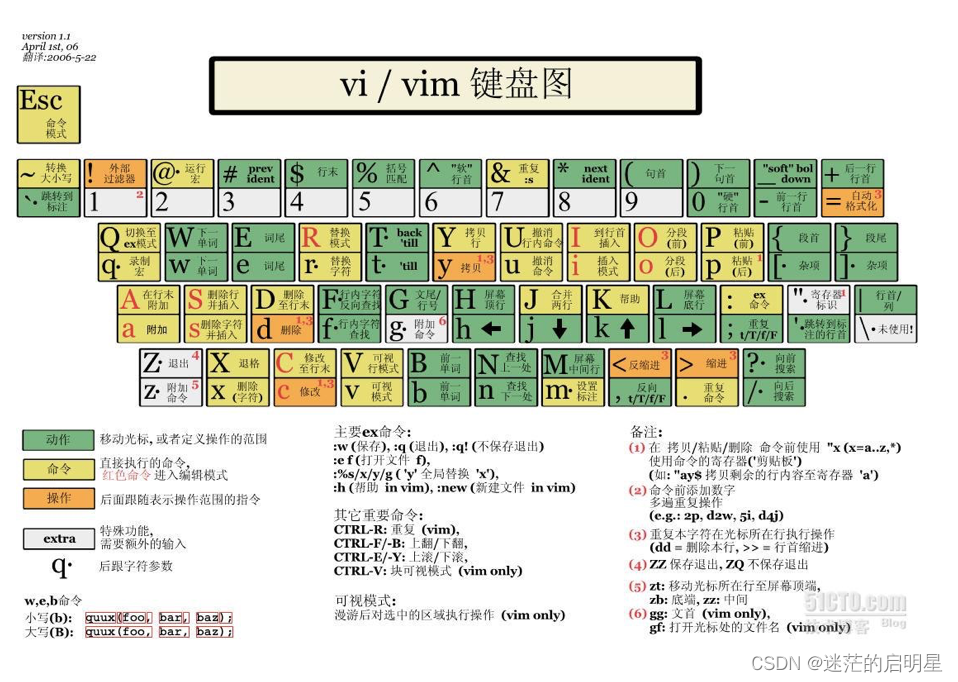概述
组合模式是一种结构型设计模式,它允许你将对象组合成树形结构来表示整体-部分层次结构。组合模式使得客户端可以统一处理单个对象以及对象组合,而无需区分它们的实际类型。该模式通过定义一组相同的接口,使得组合对象和叶子对象具有一致的行为。
优点:
- 简化客户端代码,客户端无需区分组合对象和叶子对象,以统一的方式对待它们。
- 增加新的组件类变得简单,无需对现有类进行修改。
- 通过递归遍历整个树结构,可以方便地操作对象组合中的所有元素。
缺点:
- 可能会在对象组成中引入不必要的复杂性。
- 可能会导致设计变得过于一般化,使得特定操作的实现变得困难。
适用场景:
- 当你需要表示对象的整体-部分层次结构时,可以使用组合模式。例如,文件系统中的目录结构就可以通过组合模式来表示。
- 当你希望客户端能够一致地对待单个对象和组合对象时,可以使用组合模式。
- 当你希望对组合对象进行递归遍历,以执行某个操作时,可以使用组合模式。
示例
一个常见的实际应用场景是图形绘制系统。假设你需要绘制一个复杂的图形,这个图形由多个形状组成,包括圆形、矩形、三角形等。你可以使用组合模式来表示这个图形,并统一对待各种形状。
以下是一个示例代码:
interface Shape {
void draw();
}
class Circle implements Shape {
@Override
public void draw() {
System.out.println("绘制圆形");
}
}
class Rectangle implements Shape {
@Override
public void draw() {
System.out.println("绘制矩形");
}
}
class Triangle implements Shape {
@Override
public void draw() {
System.out.println("绘制三角形");
}
}
class ComplexShape implements Shape {
private List<Shape> shapes = new ArrayList<>();
public void addShape(Shape shape) {
shapes.add(shape);
}
public void removeShape(Shape shape) {
shapes.remove(shape);
}
@Override
public void draw() {
System.out.println("绘制复杂图形");
for (Shape shape : shapes) {
shape.draw();
}
}
}
public class Main {
public static void main(String[] args) {
Shape circle = new Circle();
Shape triangle = new Triangle();
Shape complexShape = new ComplexShape();
((ComplexShape) complexShape).addShape(circle);
((ComplexShape) complexShape).addShape(triangle);
complexShape.draw();
}
}输出结果:
绘制复杂图形
绘制圆形文章来源:https://uudwc.com/A/ABRY4
绘制三角形文章来源地址https://uudwc.com/A/ABRY4
